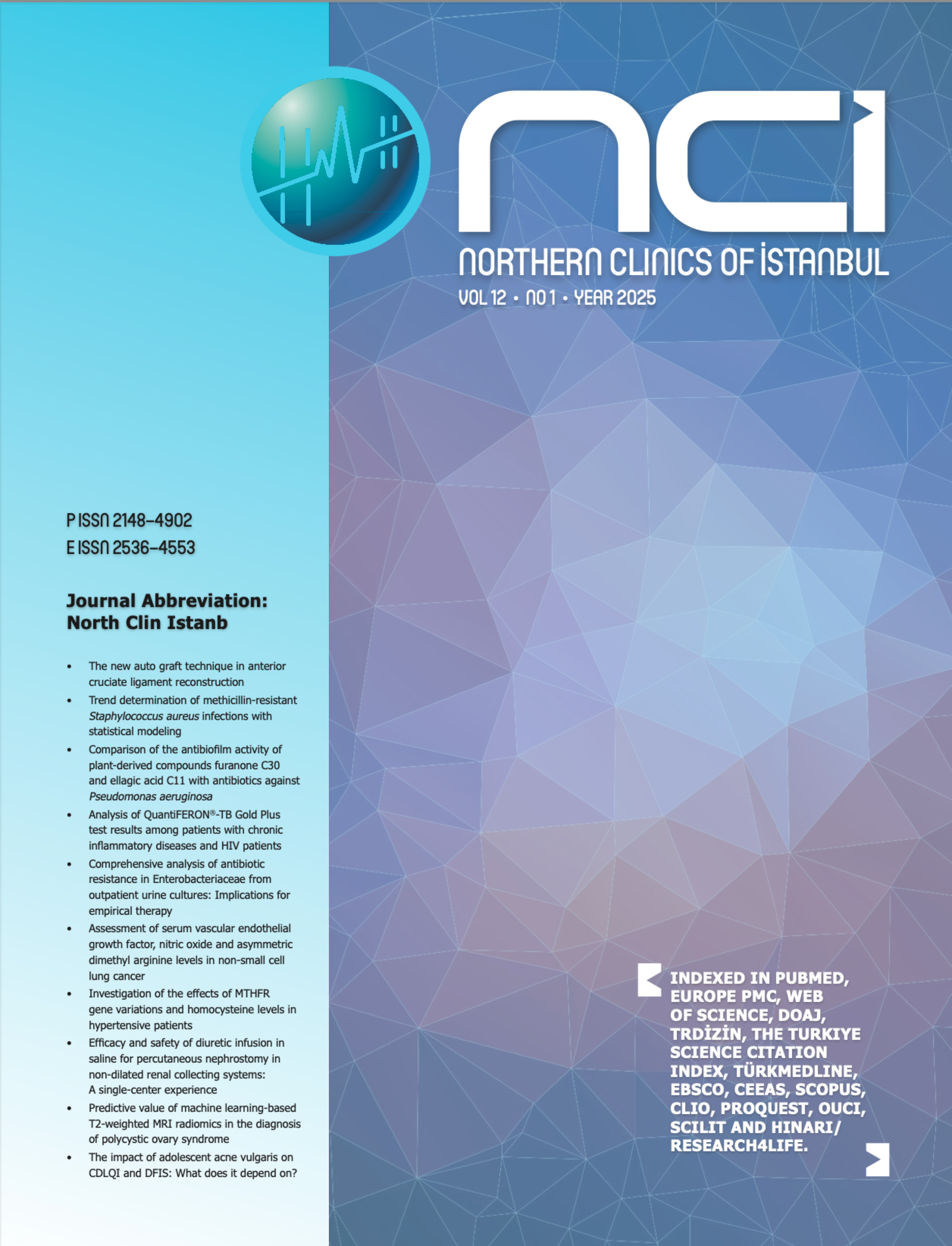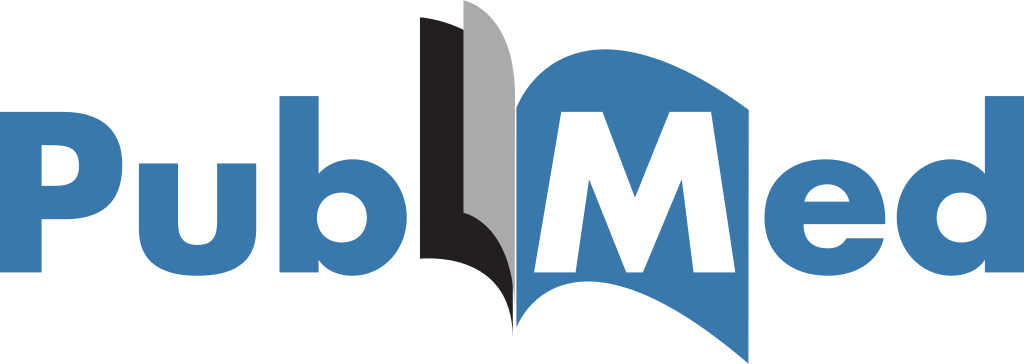The simple and fast swallowing function assessment in acute stroke patients
Taşkin Güneş1, Esengül Liman Yazıcı2, İrem Baş2, Cansu Söylemez2, Yüksel Erdal2, Ufuk Emre2, Esra Akdeniz31Department of Neurology, Istanbul Maltepe State Hospital, Istanbul, Turkey2Department of Neurology, Istanbul Training and Research Hospital, Istanbul, Turkey
3Department of Basic Medical Science, Istanbul Marmara University Faculty of Medicine, Istanbul, Turkey
OBJECTIVE: The dysphagia associated pulmonary aspiration is one of the important reasons for mortality and morbidity in stroke. In this study, we evaluated the early swallowing functions of the acute ischemic stroke patients, and tried to choose the right way to start feeding with simple tests.
METHODS: Seventy-three inpatients with acute stroke were included in this study. Age, gender, type of stroke, NIHSS and RANKIN scores, risk of aspiration and feeding route were recorded for all the subjects. Dysphagia was evaluated with the bedside clinical evaluation of swallowing function score (BDS) tests. These BDS tests are the assessment of dysphagia with neurological examination score (DSNE) and the bedside water drinking test (BWT) and the Swallowing score (SS) ratio (combining BWT and DSNE scores). All tests to evaluate swallowing were planned to be carried out 24 hours after the last known time of the patients healthy and 48 hours after hospitalized. The tests were performed in awake patients who were able to manage to cooperate at the scheduled time. In addition, stroke patients were evaluated quantitatively using the Gugging Swallowing Screen (GUSS) test for dysphagia and compared with BDS tests. All patients were evaluated for aspiration pneumonia seven days after admission. If the patients had drowsiness or were unable to cooperate, they were not included in this study.
RESULTS: Seventy-three (26F/47M) patients were included in this study if they were conscious and the Glasgow coma scale was above 10 points. When only BDS tests were performed, we decided that 74% (n=54) of the patients could be fed by the oral route, 13.7% of the patients could be fed only by NG route (n=10) and the patients who had the worst BWT and DSNE scores preferred to be feed with PEG route (11% of all the patients, n=8). In 41.1% of the patient (n=30) established the risk of aspiration on referral clinic and 23.3% of the patients (n=17) developed aspiration pneumonia in the clinical follow-up. When 30.1% (22) of the patients had dysphagia with GUSS test, 23.3% (n=17) of the patients were dysphagic with DSNE and 30.1% of the patients (n=22) were dysphagic with BWT and 22% (n=16) of the patients were moderate-severe, 11% (n=8) of the patients were mild dysphagic with the SS ratio.
CONCLUSION: These BDS tests concluded are fast and reliable methods for evaluating the dysphagia and risk of aspiration pneumonia without laborious and very few clinically applicable methods, such as endoscopic or video fluoroscopy, in patients who are hospitalized with stroke.
The simple and fast swallowing function assessment in acute stroke patients
Taşkin Güneş1, Esengül Liman Yazıcı2, İrem Baş2, Cansu Söylemez2, Yüksel Erdal2, Ufuk Emre2, Esra Akdeniz31Department of Neurology, Istanbul Maltepe State Hospital, Istanbul, Turkey2Department of Neurology, Istanbul Training and Research Hospital, Istanbul, Turkey
3Department of Basic Medical Science, Istanbul Marmara University Faculty of Medicine, Istanbul, Turkey
Amaç: Disfajiye bağlı pulmoner aspirasyon, inmeli hastalarda mortalite ve morbiditenin önemli nedenlerinden biridir. Bu çalışmada akut iskemik inme hastalarının erken yutma fonksiyonlarını değerlendirmeyi ve inme hastalarında erken aşamada beslenmeye başlamak için doğru yolu seçmeyi amaçladık.
Metod: Bu çalışmaya akut inme ile takip edilen 73 (26 F / 47 M) yatan hasta alındı. Tüm vakaların yaş, cinsiyet, inme tipi, NIHSS ve Rankin skorları, aspirasyon riski, beslenme yolu kaydedildi. Yatakbaşı disfaji skoru (BDS) testlerine göre yutma bozukluğunun varlığı ve derecesi değerlendi. BDS testleri, nörolojik muayene ile yutma değerlendirmesi (DSNE), yatakbaşı su içme testi (BWT) ve Yutma skoru (SS) (BWT ve DSNE skorları toplamı ile oluşturuldu) idi. Yutmayı değerlendirmek için yapılacak testlerin tümü hastanın son olarak sağlam görüldüğü bilinen zamandan 24 saat geçtikten sonra ve hastane yatışından 24 sonra yapılacak şekilde planlandı. Testler planlanan zamanda koopere olmayı başarabilen, uykuya meyilli olmayan hastalarda uygulandı. Bu testlerin dışında hastaların hepsine klasik GUSS testi uygulandı ve sonuçlar BDS testleri ile karşılaştırıldı. Aspirasyon Pnömonisi açısından tüm hastalar yatıştan 7 gün sonra değerlendirildi. Uykuya meyli, kooperasyon kısıtlılığı olan hastalar çalışmaya alınmadı.
Bulgular: Sadece BDS testleri uygulandığında, hastaların %74'ünde (n = 54) oral yolla, hastaların %13.7'si NG yoluyla (n = 10) ve %4'ünün (n = 1) ancak parenteral yol ile beslenebileceğini gördük. BWT ve DSNE skorlarına göre en riskli 8 hastada (tüm hastaların% 11'i) PEG yolu ile beslenmeyi tercih ettik. Yatış sonrası ilk klinik izlemde hastaların % 41.1'ine (n = 30) aspirasyon riski tespit edilirken, inme takibi sırasında hastaların % 23.3'ünde (n = 17) aspirasyon pnömonisi geliştiği görüldü. Hastaların, GUSS testinde ise %30.1u (n=22) disfajik iken, %23.2si (n = 17) DSNEye göre disfajik, %30.1'i (n = 22) BWTye göre disfajikti. SS skoruna göre; hastaların %22'si (n = 16) orta-şiddetli disfajik, %10'u (n = 8) hafif disfajik idi.
Sonuç: These BDS tests concluded are fast and reliable methods for evaluating the dysphagia and risk of aspiration pneumonia without laborious and very few clinically applicable methods such as endoscopic or video fluoroscopy in patients who are hospitalized with stroke.
Yukarıda tartışılan bu BDS testleri, akut iskemik inme sebebi ile yatırılan hastalarda aspirasyon ve disfaji riskini değerlendirmek için hızlı ve güvenilir yöntemlerdir ve video-floroskopi veya endoskopi gibi zahmetli ve az ulaşılır yöntemler olmayan klinikler için faydalıdır. (NCI-2019-0225.R1)
Manuscript Language: English





















